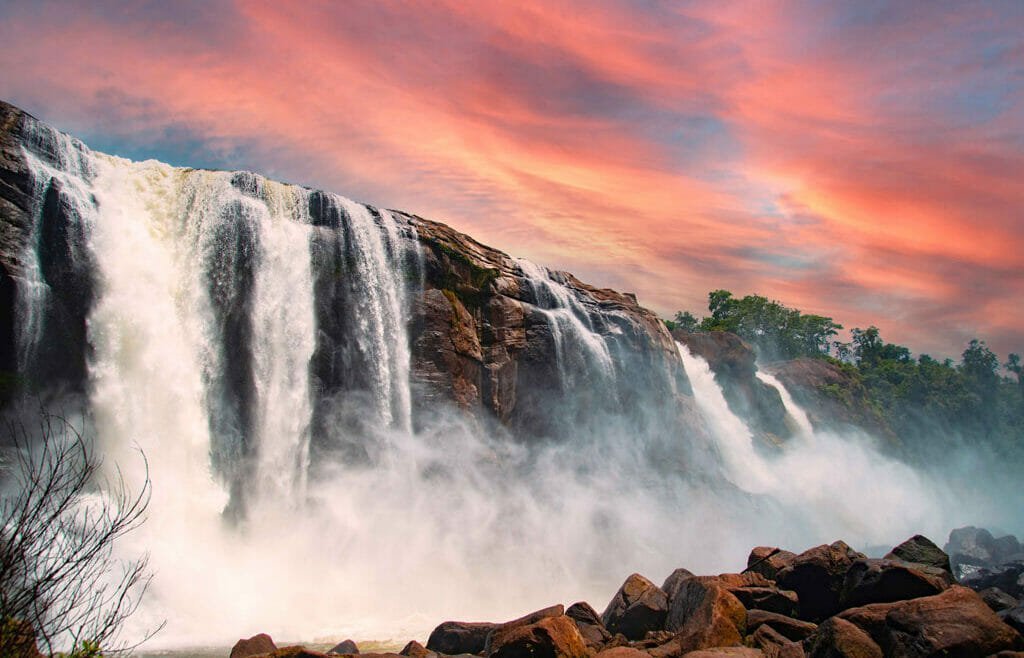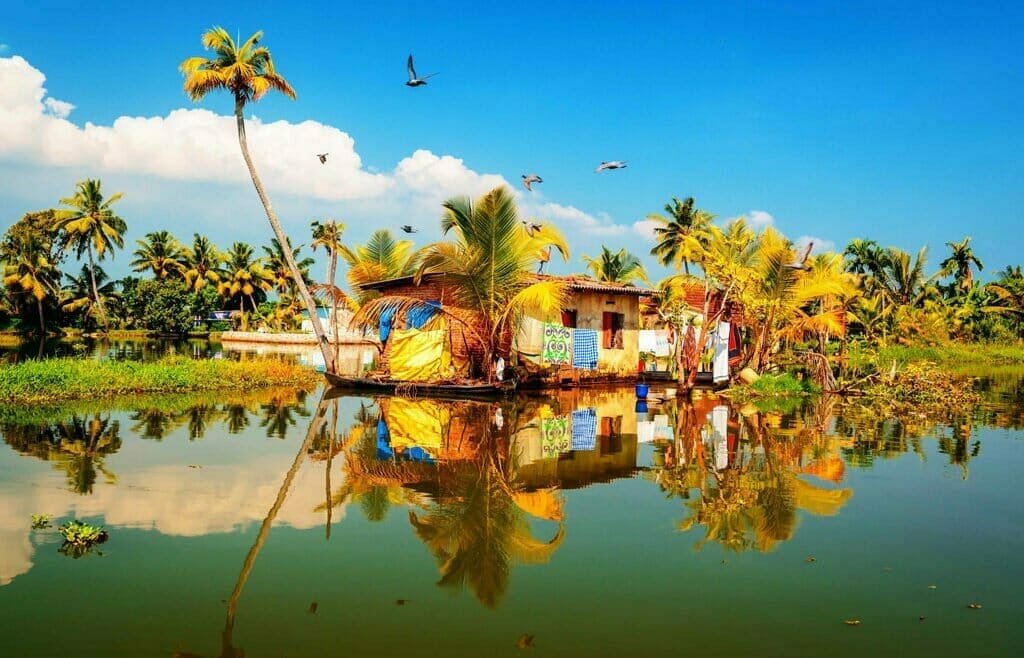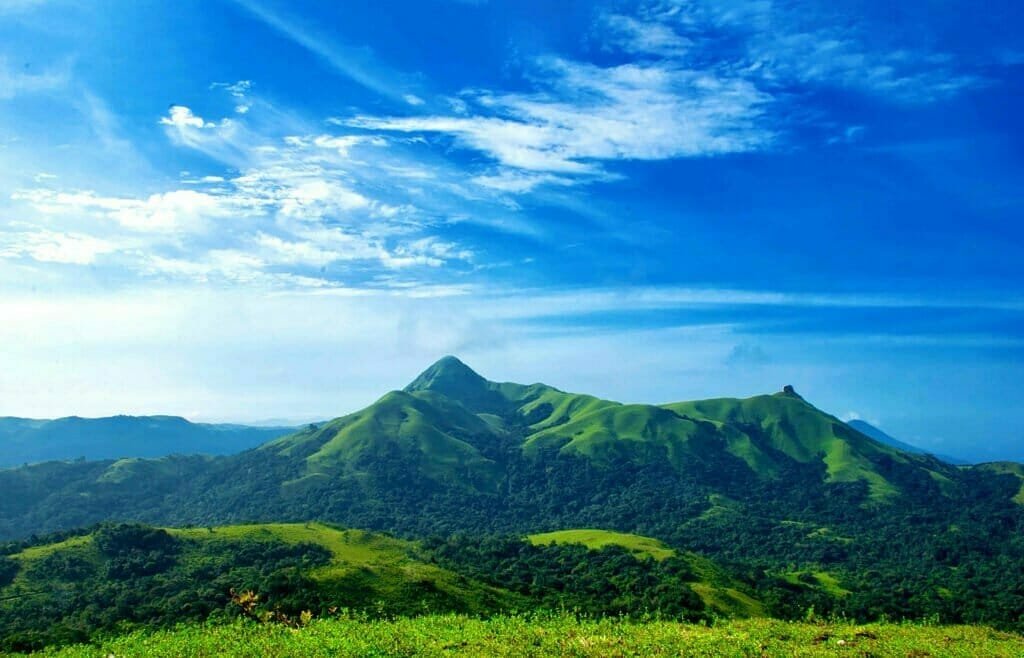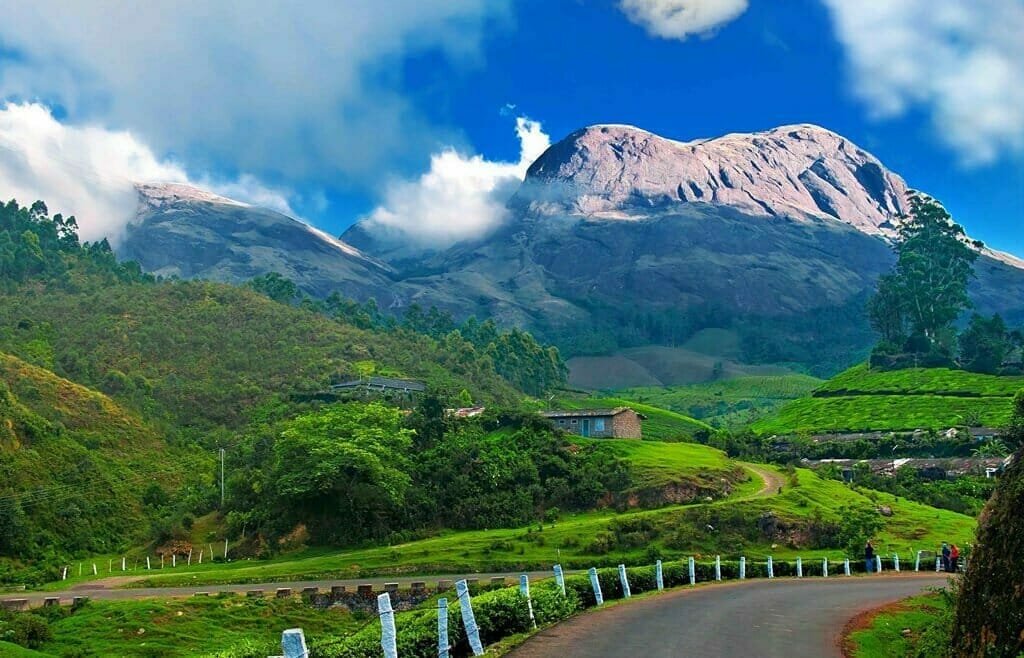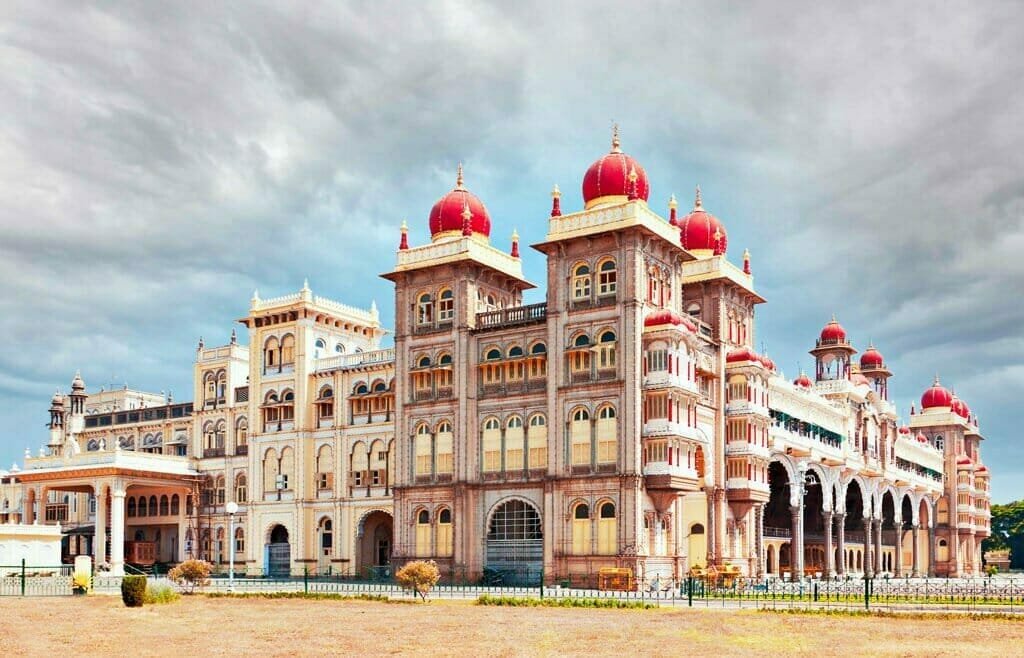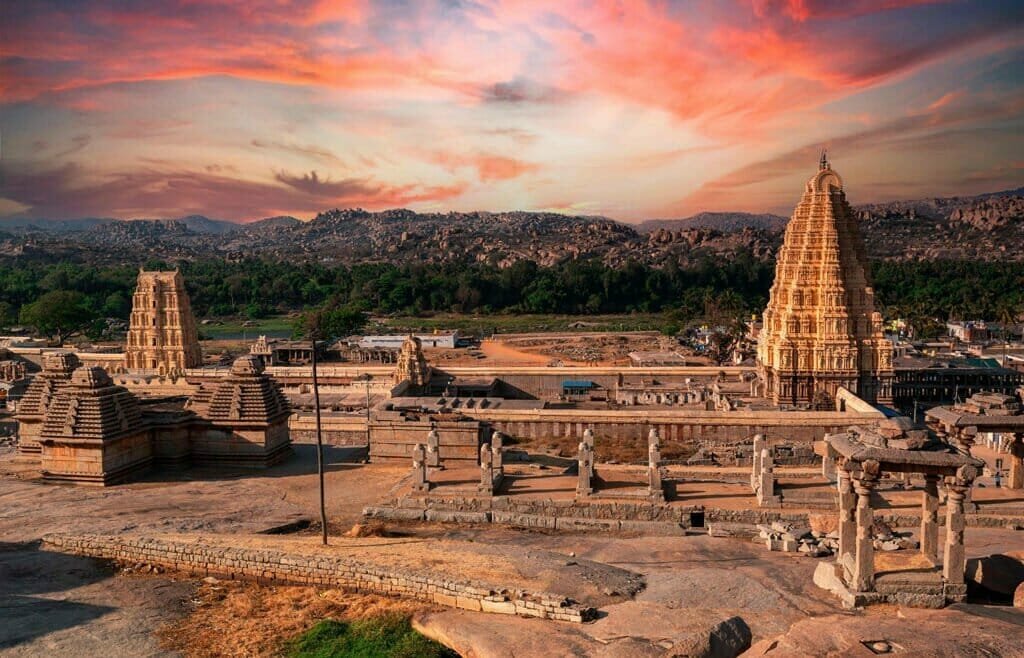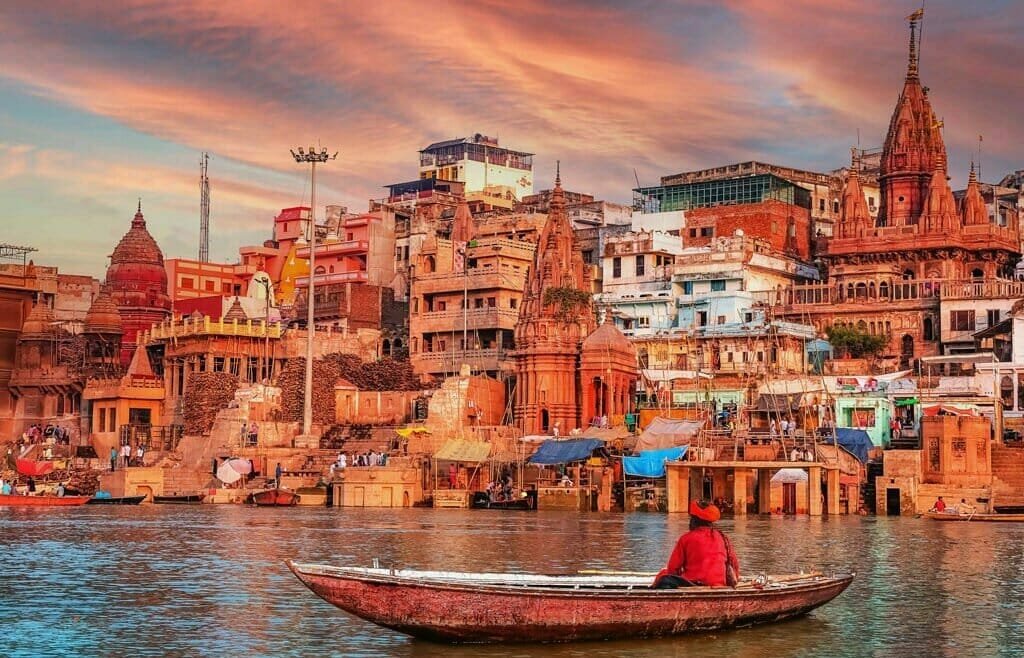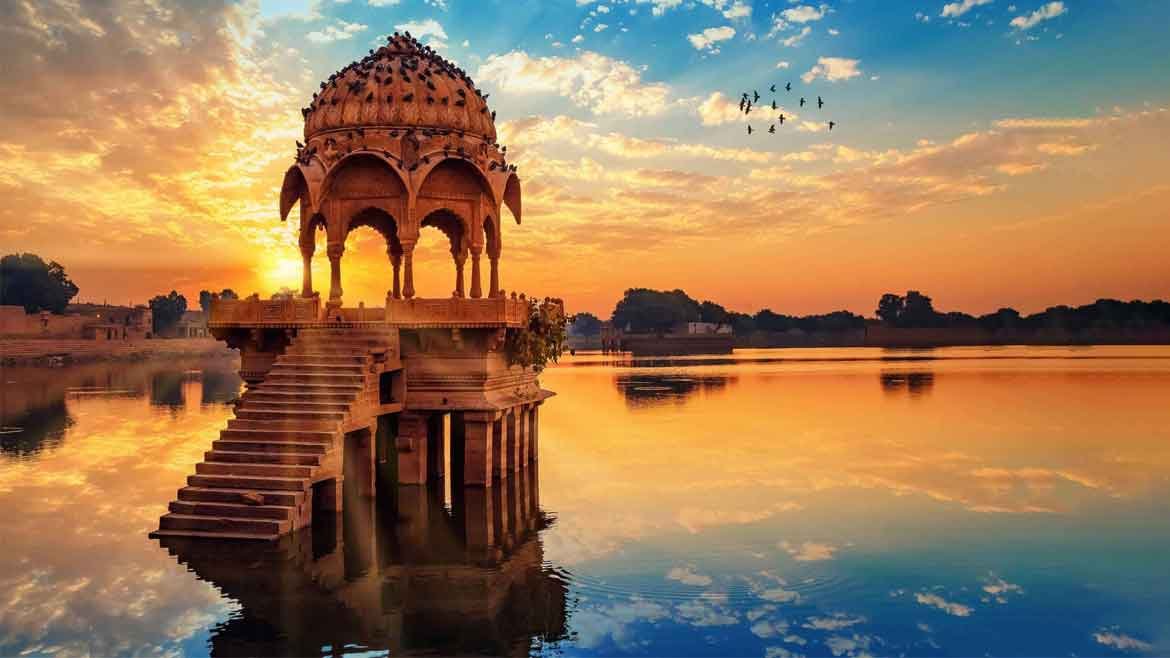Athirappilly Waterfalls
Athirappilly Waterfalls
An Enchanting Escape into the Heart of Nature
Introduction
The Athirappilly Waterfalls, located in the Thrissur district of Kerala, India, are a captivating natural wonder that has been captivating visitors for centuries. With its majestic beauty, lush surroundings, and rich cultural and ecological significance, Athirappilly Falls has become a popular tourist destination in the region. This article aims to provide a comprehensive guide to the Athirappilly Waterfalls, exploring its geographical features, historical background, diverse wildlife, local legends, sustainable tourism practices, nearby attractions, and practical information for visitors. Join us on this journey as we delve into the enchanting world of Athirappilly Falls.
Athirappilly Waterfalls
Athirappilly Waterfalls, located in the south Indian state of Kerala, is a natural wonder that captivates visitors with its breathtaking beauty. This magnificent waterfall is often referred to as the “Niagara Falls of India” due to its impressive scale and grandeur. With its lush green surroundings and cascading waters, Athirappilly Falls has become a popular tourist destination for nature enthusiasts and adventure seekers alike.
The Location and Geography
Situated in the Thrissur district of Kerala, Athirappilly Waterfalls is nestled in the Western Ghats, a UNESCO World Heritage Site known for its rich biodiversity. The falls are formed by the Chalakudy River as it meanders through the Sholayar ranges and plummets down a steep cliff. The location of Athirappilly Falls makes it a perfect spot for nature lovers to revel in the beauty of both the waterfall and the surrounding pristine wilderness.
A Brief History of Athirappilly Falls
Athirappilly Falls has a deep-rooted historical significance. It has been mentioned in ancient Indian scriptures and has been a part of local folklore for centuries. The waterfall has witnessed the rise and fall of empires, and its enchanting beauty has been celebrated by poets and artists throughout history. Today, Athirappilly Falls continues to attract visitors from all corners of the world, drawing them in with its timeless charm and natural splendor.
The Impressive Height and Width of Athirappilly Waterfalls
Prepare to be awestruck by the sheer magnitude of Athirappilly Falls. Standing at an impressive height of approximately 82 feet (25 meters) and a width that spans about 330 feet (100 meters), the waterfall commands attention and leaves a lasting impression on all who witness it. The thunderous roar of the cascading water as it plunges into the pool below adds to the mesmerizing experience.
The Cascading Water and Surrounding Scenery
As the water tumbles down the rocky cliffs, it creates a mesmerizing display of cascading white froth that sparkles in the sunlight. The surrounding landscape is a lush tapestry of dense forests, vibrant foliage, and towering trees that add to the allure of Athirappilly Falls. The combination of the roaring waterfall and the serene natural surroundings creates a breathtaking spectacle that is truly unforgettable.
Rainbows and Prismatic Effects at Athirappilly Falls
If you’re lucky, you might catch a glimpse of a rainbow or experience the magical prismatic effects created by the interplay of sunlight and the mist generated by the waterfall. The ethereal sight of rainbows stretching across the cascades casts a spell of wonder and adds an extra touch of magic to the already enchanting Athirappilly Falls.
The Flora and Fauna of Athirappilly Forest
Athirappilly is not just about the magnificent waterfall; it is also home to a rich and diverse ecosystem. The surrounding Athirappilly Forest is a haven for wildlife and boasts an impressive array of flora and fauna. The dense forest is teeming with various species of trees, including the majestic teak and rosewood. Walking through this verdant oasis, you might encounter exotic orchids, medicinal plants, and a myriad of other botanical wonders.
Endangered Species and Conservation Efforts
The Athirappilly region is a hotspot for biodiversity and is known for its population of endangered species. The critically endangered Great Indian Hornbill, the Nilgiri Langur, and the Lion-Tailed Macaque are just a few of the fascinating creatures that call this area home. To protect this delicate ecosystem, there are ongoing conservation efforts to preserve the natural habitat and safeguard the endangered species that reside here.
Birdwatching and Animal Spotting Opportunities
For avid birdwatchers and wildlife enthusiasts, Athirappilly offers excellent opportunities for spotting rare and colorful avian species. From the magnificent Malabar Pied Hornbill to the vibrant plumage of the Paradise Flycatcher, there is a plethora of bird species to admire. Nature trails and guided tours allow visitors to explore the forest and catch glimpses of animals like elephants, leopards, and various species of monkeys that inhabit the region.
Mythological and Folklore Connections to Athirappilly Waterfalls
Athirappilly Falls holds great cultural significance and is steeped in mythological tales and local folklore. According to legends, the waterfall is believed to be the result of Lord Rama shooting an arrow into the ground to quench the thirst of his consort, Goddess Sita. The mesmerizing beauty of Athirappilly Falls has also inspired poets and artists, who have immortalized its allure in their works.
Rituals and Religious Practices at Athirappilly
The local communities residing near Athirappilly Falls have deep spiritual connections to the waterfall. Festivals and rituals are held regularly to pay homage to the mystical powers associated with the falls. Devotees gather to offer prayers and seek blessings from the natural forces that govern Athirappilly. The rituals and religious practices add a layer of cultural richness to the already captivating allure of this natural wonder.
So, pack your bags and embark on a journey to Athirappilly Waterfalls for an experience that combines natural beauty, wildlife encounters, and a touch of mythology. Prepare to be enchanted by the majesty of the falls and the vibrant ecosystem that surrounds it. Athirappilly is a destination that will leave you with memories to cherish for a lifetime.
Sustainable Tourism and Conservation Efforts
Athirappilly Waterfalls, situated in the scenic state of Kerala, is not just a popular tourist destination but also a place that takes its environmental conservation seriously. The local authorities and communities have implemented various initiatives to protect this natural wonder, making it a prime example of sustainable tourism.
Environmental Initiatives to Protect Athirappilly Falls
Preserving the pristine beauty and ecological balance of Athirappilly Falls is of utmost importance to the locals. Efforts have been made to minimize the impact of tourism activities on the environment. Measures such as waste management systems, a ban on plastic use, and regular clean-up drives have helped maintain the cleanliness and serenity of the falls and its surrounding areas.
Additionally, afforestation programs have been undertaken to restore and enhance the biodiversity of the region. By planting indigenous tree species, the aim is to create a sustainable ecosystem that supports the unique flora and fauna found in Athirappilly.
Responsible Tourism Practices and Guidelines
Visitors to Athirappilly Falls are encouraged to follow responsible tourism practices to ensure the well-being of the destination. Guidelines have been put in place to educate tourists about the fragile ecosystem and the importance of preserving it. This includes refraining from littering, respecting the local culture and traditions, and avoiding activities that may harm the environment or disturb wildlife.
Tour operators and guides also play a crucial role in promoting responsible tourism. They are trained to provide information about conservation efforts and encourage visitors to minimize their ecological footprint during their stay. By adhering to these guidelines, visitors can contribute to the long-term sustainability of Athirappilly Falls.
Activities and Attractions
While the majestic Athirappilly Waterfalls steal the show, there are plenty of activities and attractions to explore in the surrounding area. Whether you’re an adventure enthusiast or a nature lover, Athirappilly has something for everyone.
Trekking and Nature Walks in Athirappilly Forest
Immerse yourself in the lush beauty of the Athirappilly Forest by embarking on trekking trails and nature walks. The forest, with its diverse range of flora and fauna, offers a unique experience for hikers and wildlife enthusiasts. Trained guides provide valuable insights into the ecosystem and ensure a safe and enjoyable trekking experience for visitors.
Boat Rides and Waterfall Sightseeing
One of the best ways to appreciate the grandeur of Athirappilly Falls is by taking a boat ride or going a waterfall sightseeing. Hop on a boat and cruise along the river, allowing the cascades to mesmerize you from a different perspective. The sheer power and beauty of the falls will leave you in awe and provide countless photo opportunities.
A Romantic Backdrop and Cinematic Delight
Athirappilly Waterfalls has served as a favorite backdrop for countless film shoots in Kerala. From Aishwarya Rai to Kareena Kapoor, Preity Zinta, Tamanna Bhatia, and Bipasha Basu, many leading ladies of the Indian film industry have danced against the backdrop of these falls. Often, these falls formed the canvas for romantic scenes, or they witnessed dramatic events unfold in the movies.
Beyond the Falls: Exploring Nearby Attractions
As you venture beyond the falls, a world of attractions unfolds before you. The Vazhachal Waterfall, a mere 5 km away, offers a captivating experience. En route to Athirappilly, don’t miss the Peringalkuttu Dam and Charpa Waterfalls, which flow only during the monsoon. The region also boasts other gems like Malakkapara, Chimmini Wildlife Sanctuary, Vilangan Hills, and the Marottichal Waterfall, nestled 4 km into the forest.
Malakkappara: Where Biodiversity Meets Beauty
Malakkappara, a haven of biodiversity and lush greenery, is accessible through the rainforests of Vazhachal in the Western Ghats. Here, pristine forests and tea gardens coexist, presenting a unique spectacle. The region straddles the Kerala-Tamil Nadu border and transitions from thick forests to the serenity of tea gardens.
Marottichal Waterfalls: A Tranquil Retreat
Located 15 km from Thrissur town, Marottichal Waterfalls offer a scenic escape during the monsoons. The presence of numerous mini waterfalls along the forest trekking path adds to the charm. Bird enthusiasts will delight in the array of bird species that call Marottichal home.
Chimmini Wildlife Sanctuary: Nature’s Haven
While not known for significant wildlife, the Chimmini Wildlife Sanctuary in the Mukundapuram taluk of Thrissur district hosts a diverse range of wild animals and birds. With a 75-meter-tall dam, the sanctuary is a unique spot near Amballoor. It’s part of the dam-to-dam tourism circuit, offering a glimpse into the region’s rich biodiversity.
Exploring Nearby Gems
Other nearby attractions include the Thumboormuzhy Dam, Silver Storm Theme Park, Dream World Theme Park, Valparai, and Munnar, promising a treasure trove of experiences for every traveler.
In Athirappilly and Vazhachal Waterfalls, nature’s grandeur unfolds in all its glory, painting an unforgettable picture of South India’s captivating landscapes.
Practical Information and Tips
When planning a trip to Athirappilly Falls, it’s essential to consider some practical information and tips to ensure a smooth and enjoyable experience.
Travel Tips for a Safe Journey
While the falls hold an undeniable allure, their strong currents can pose a danger. Caution is advised, especially if you have children. Remember that this is a plastic-free zone, so do your part to keep the environment pristine.
Best Time to Visit and Weather Conditions
The optimal period to experience the awe-inspiring Athirappilly Falls is during the monsoon season, which spans from June to September. It is highly recommended to plan your visit between the hours of 8 am and 5 pm.
This time frame ensures that you witness the falls at their most magnificent, as the copious rainfall during this season amplifies the water flow, creating a truly spectacular sight. Nevertheless, it is of utmost importance to stay informed about the prevailing weather conditions and exercise caution by refraining from visiting during instances of excessive rainfall or potential flooding.
Entry Fees, Timings, and Accessibility
To enjoy the beauty of Athirappilly Falls, visitors are required to pay a nominal entry fee. The falls are open from morning till evening, allowing ample time to explore and soak in the natural beauty. The site is easily accessible by road, and parking facilities are available for private vehicles.
Accommodation and Dining Options in the Vicinity
For those planning to stay overnight, Athirappilly offers a range of accommodation options to suit every budget. From luxury resorts to budget-friendly homestays, there is something for everyone. Local restaurants and eateries serve delicious traditional Kerala cuisine, providing a delightful culinary experience to visitors.
So, pack your bags, put on your adventure hat, and get ready to experience the captivating beauty of Athirappilly Falls and its surrounding attractions. Don’t forget to embrace sustainability and responsible tourism practices along the way, ensuring this natural wonder can be enjoyed by generations to come.
In conclusion, Athirappilly Waterfalls offers a truly breathtaking experience for nature lovers, adventure seekers, and cultural enthusiasts alike. Its stunning beauty, coupled with its rich wildlife and cultural heritage, creates a mesmerizing destination that leaves a lasting impression on all who visit. As we appreciate the magnificence of Athirappilly Falls, let us also be mindful of our responsibility to preserve and protect this natural treasure for future generations.
Whether it be witnessing the cascading waterfalls, exploring the surrounding forests, or immersing oneself in the local legends and rituals, Athirappilly offers a truly unforgettable experience. Plan your visit today and immerse yourself in the wonders of Athirappilly Waterfalls.
Can we swim in Athirappilly Waterfalls?
No, swimming is not allowed in Athirappilly Waterfalls due to strong currents and rocky terrain. The safety of visitors is a top priority, and it is advisable to admire the falls from designated viewing areas.
Are there any restrictions on photography?
No, photography is allowed at Athirappilly Falls. Visitors are encouraged to capture the breathtaking beauty of the waterfalls and surrounding scenery. However, it is important to be respectful and mindful of other visitors and the environment while taking photographs.
Are there any nearby accommodations for visitors?
Yes, there are several accommodations available near Athirappilly Falls, ranging from luxury resorts to budget-friendly guesthouses. It is recommended to book in advance, especially during peak tourist seasons, to ensure availability.
Is Athirappilly Waterfalls accessible for people with mobility challenges?
Athirappilly Waterfalls is situated in a natural landscape with uneven terrain, which may pose challenges for individuals with mobility issues. However, there are certain viewing points and trails that are relatively accessible. It is advised to inquire with local authorities or tour operators for specific accessibility information and assistance.


